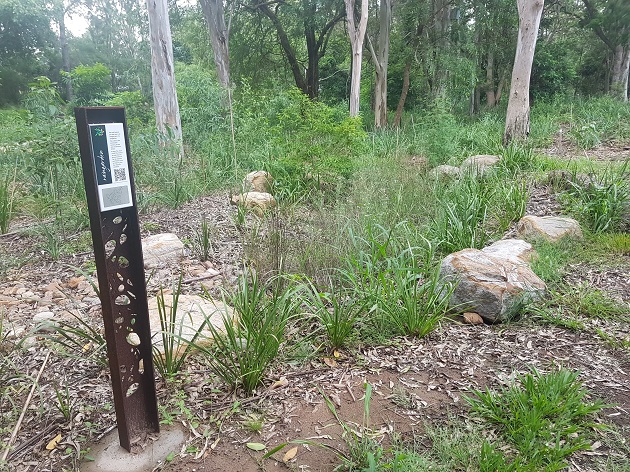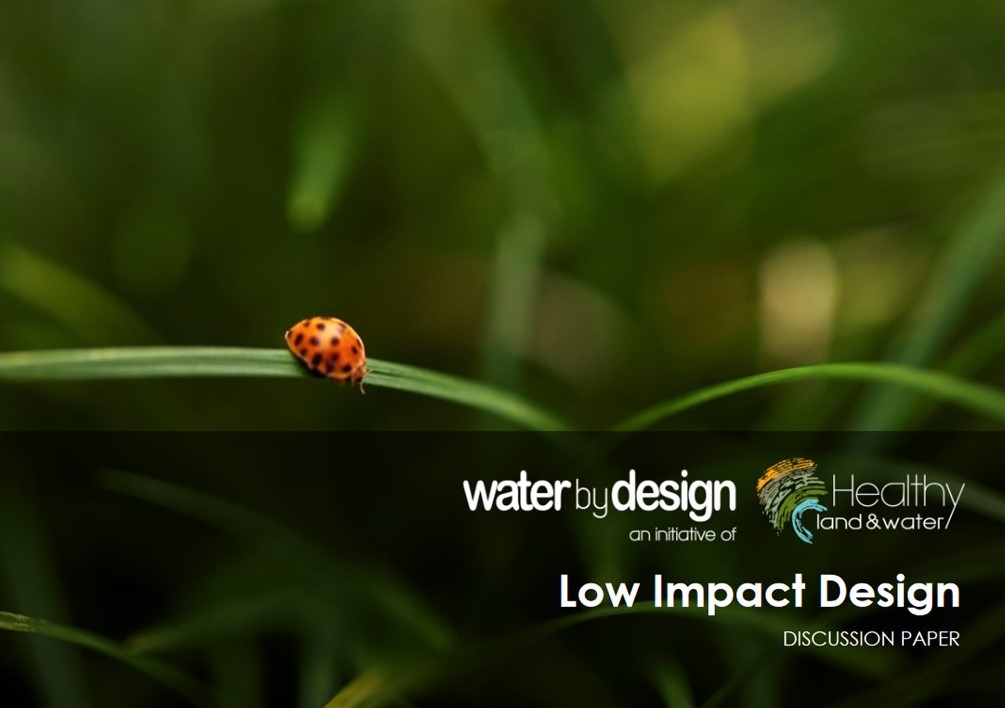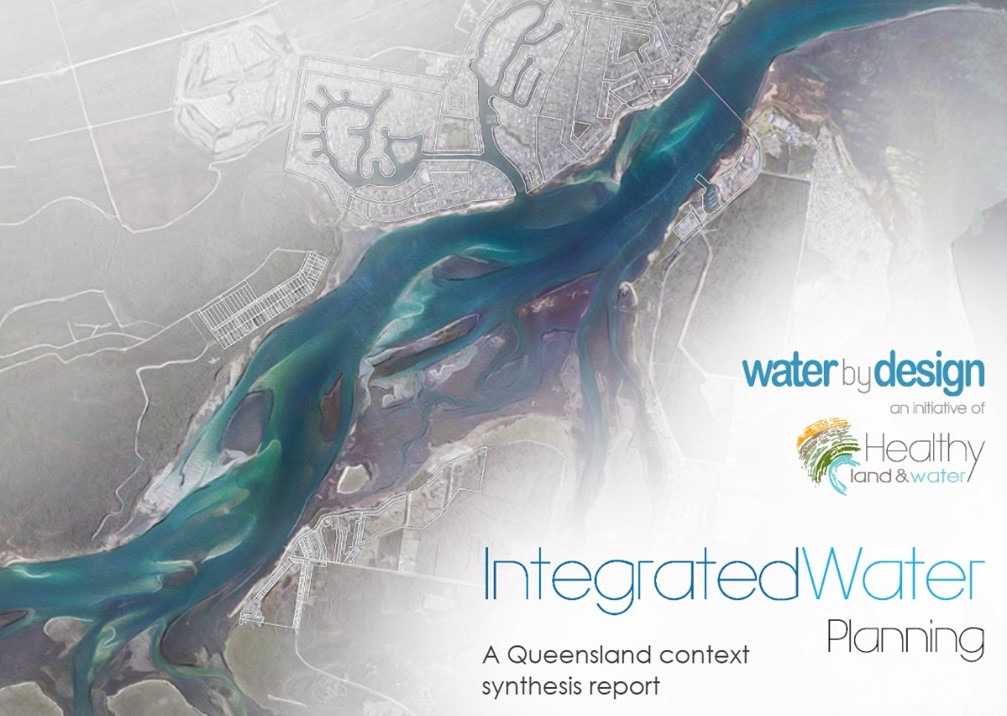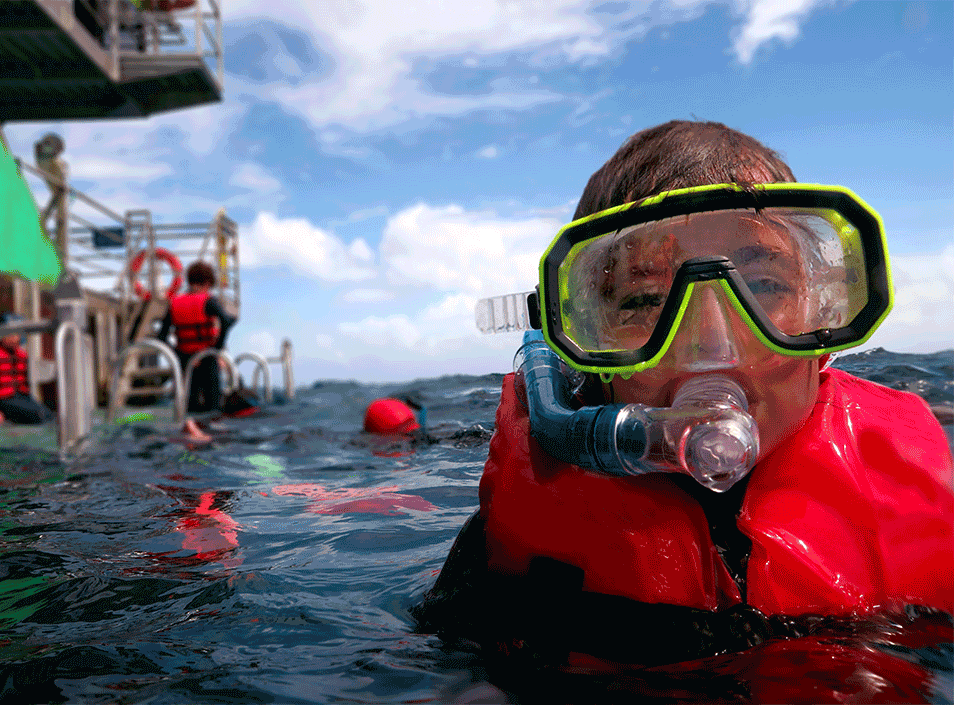Water by Design are currently putting together a handbook on CoDesign. In the meantime we have outlined below some of the key concepts behind CoDesign and how it can be applied to foster community stewardship of our waterways. Refer also our Davidson Street Project Profile
What is CoDesign?
The Co-Design approach encourages governments to work together with their communities to design spaces that include local communities and their environmental, cultural, social and economic values of place. By working together, we build stronger, more connected communities, we create spaces that are usable, loveable and appropriate for local community needs and we help protect and maintain those values that locals value. Because of this, the core benefits Co-Design are:
- Community empowerment, stewardship and education
- Bringing together people from diverse cultures and beliefs for positive change – happy, healthy interactions
- Fusing local ideas with community-centric planning
- Establishes places for communities to gather and socialise
- Improves education and conservation efforts
- Increased social resilience to change improves community’s inter-connectedness
Key ingredients for creating positive environments and communities:

When we engage our communities in projects that directly impact their surroundings, we can capitalise on their care and translate it into positive actions that benefit the environment.
This next diagram shows the far-reaching benefits of a Co-Design approach in inspiring care into action.

STEPS OF CO-DESIGN
Defining goals
Before starting the Co-Design approach, it’s important to analyse and select the core objectives of the project.
Site selection
When selecting a site for a Co-Design project, it’s important to consider all the characteristics of the proposed location. Desirable traits could include:
- Accessibility
- Long-term community interest
- Visibility
- Recreational appeal
- Manageable risk
Some less desirable traits to consider could be:
- Adjacent industrial areas
- No significant waterways
- Further than 500m from a community
Discovering stakeholders
The Co-Design approach harnesses the collective power of communities, councils and funders. To ensure this approach is effectively delivered, it’s important to consider:
- Who are your stakeholders?
- What are the stakeholder’s roles in the community? Eg. small business owner, retiree, scout, sporting club
- What are their relationships with one another?
- What are their needs?
- Who are the ‘local champions’ – the powerful stakeholders who champion the collective voice
Aligning with community groups
Inviting schools and scout groups to participate ensures the needs and ideas of younger community members are considered. Often, the Co-Design approach will also align with core learning outcomes and empower young people to actively participate in their environment for years to come.
Understand Purpose
Through the Strategic Waterways tool, managers can identify the most suitable projects and key opportunities, values, risks and hazards. This ensures the project has a high financial, social and environmental ROI for all stakeholders in the Co-Design project. Project managers can access this tool by visiting: www.waterbydesign.com.au/resources
Once we’ve selected a site, considered its stakeholders and determined the project needs, we need to set standards to ensure that our goals are achieved. The Healthy Land and Water Living Waterways Framework is an additional resource helping environmental managers create a scorecard that manages community values for their unique location. This is vital to ensuring an enduring, engaging, affordable space is delivered through the Co-Design approach. Scoring is based on four themes embedded in the Living Waterways scoring system:
- Living water
- Living environment
- Living communities
- Living economies
This system is then broken down into smaller components that individually inform scoring, illustrated in the diagram. To learn more, visit www.waterbydesign.com.au/resources
Developing a plan
Once the aforementioned aspects have been considered, we develop a plan for the community Co-Design sessions to keep participants engaged and excited. Considerations include:
- Number of sessions
- Event timeline
- Budget
- Communication channels
- Activities
Monitoring and Evaluation
Throughout the Co-Design project, ongoing monitoring and evaluation ensures the site is on track to meet the needs of all stakeholders and achieve the standards set before commencement. Considerations include observing:
- Environmental behaviour and values by different community sectors
- Water literacy
- Social benefits
- Wellbeing index
- Waterway condition
Interesting links/references:
- Davison Street Project: https://waterbydesign.com.au/case-study/davidson-street-newmarket
- The Auckland Co-Design Lab: https://www.aucklandco-lab.nz/
- Derr, V., Chawla, L. & Mintzer, M., 2018. Placemaking with Children and Youth: Participatory Practices for Planning Sustainable Communities, New York: New Village Press.
